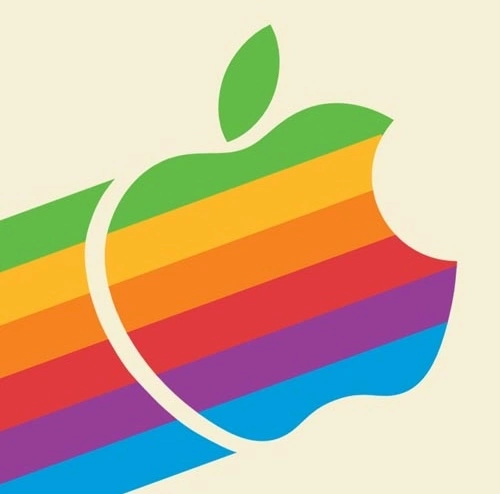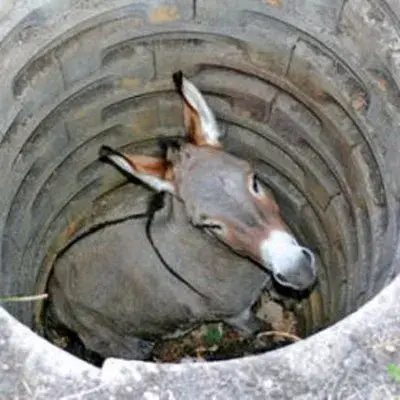You DONT want to turn it off. Digital forensics work WAAAAAAY better if you have a memory dump of the system. And all the memory is lost if you turn it off. Even if the virus ran 10h ago and the program has long stoped running, there will most likely still be traces in the RAM. Like a hard drive, simply deleting something in RAM doesn’t mean it is gone. As long as that specific area was not written over later it will still hold the same contenta. You can sometimes find memory that belonged to a virus days or even weeks after the infection if the system was never shut down. There is so much information in ram that is lost when the power is turned off.
You want to 1: quarantine from network (don’t pull the cable at the system, but firewall it at the switch if possible) 2: take a full copy of the RAM 2.5: read out bitlocker keys if the drive is encrypted. 3: turn off and take a bitwise copy of the hard drive or just send the drive + memory dump to the forensics team. 4: get coffee














What do you gain by doing this? I trust both proton and mullvad to not fuck up their encryption so attackers can’t read your traffic even through one VPN. The second one doesn’t offer additional security here.
In your setup, proton will only know you use mullvad but not know which sites you visit in the end. Mullvad knows everything just the same as without proton. So the outer VPN doesnt add privacy either.
If you are suspected of a crime, forcing mullvad to disclose your identity/IP is enough and proton doesn’t help.
If you are worried about traffic correlation analysis, then yes 2 VPNs will help. But honestly for normal usage I don’t see the point of 2 VPNs.
And about the DoS fear. Just do it the other way round? Mullvad on the router, proton on the device? From protons perspective you produce the same amount of traffic, it just comes from a mullvad server. The outer VPN is the one where you have increased traffic due to 2 VPNs. But I am pretty sure neither will be a problem and tunneling a VPN through a VPN is not a TOS violation